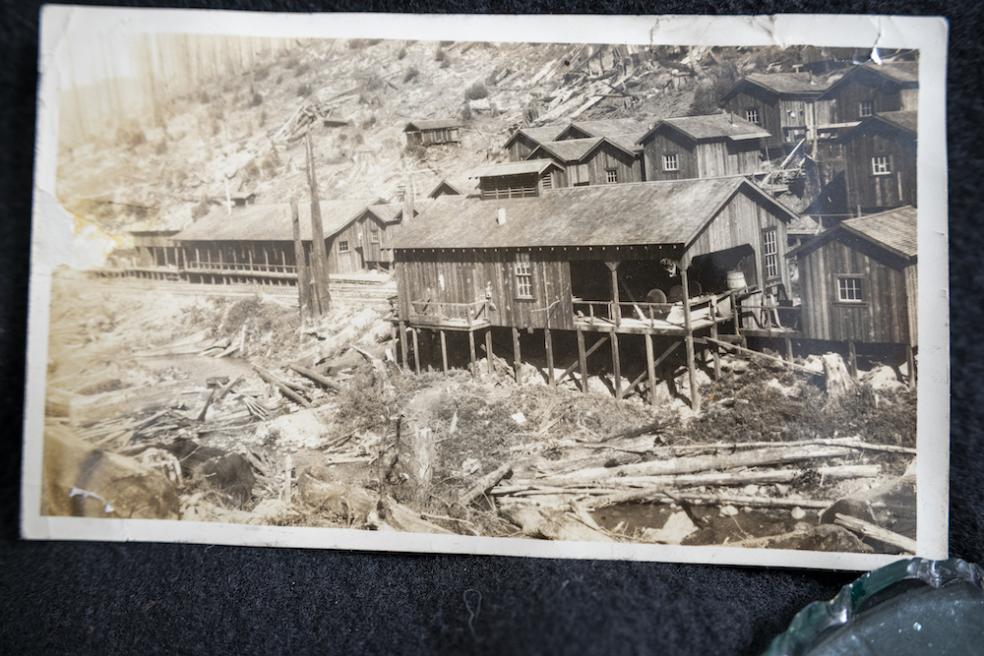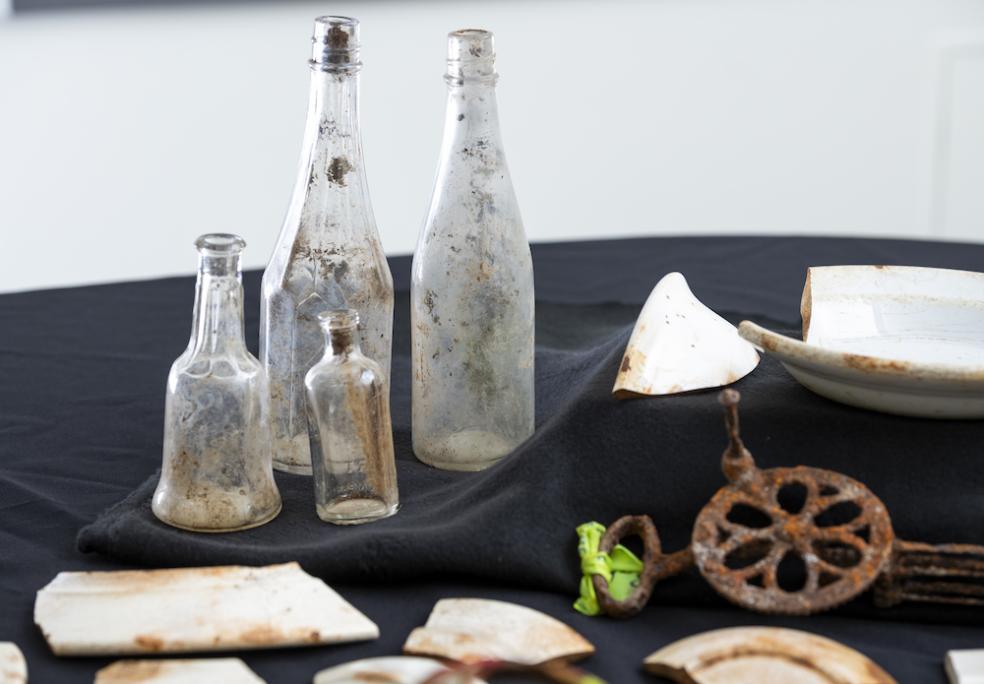The designation is thanks to decades of excavation and research from faculty, staff, and students at Cal Poly Humboldt’s Cultural Resources Facility (CRF) and Anthropology department, and the Bureau of Land Management (BLM).
The 19th-century town, now an archaeological district, is in the Headwaters Forest Reserve.
The recognition officially acknowledges the town’s local, state, and national significance, and is part of a nationwide effort to identify and protect America's historic and archeological resources, according to the National Parks Service, which oversees the register.
It joins nearly 60 other sites in the county—including Hotel Arcata, Fernbridge, and parts of old town Eureka—on the register.
Like many communities along the North Coast, the town started as a lumber camp. In 1884, entrepreneur Noah Falk established the company town by building a mill and an entire community to support it, according to the Humboldt County Visitors Bureau. With a population of 400, Falk had its own post office, cookhouse, school, general store, dance hall, and a railroad. Called the Bucksport and Elk River Railroad, it connected Falk to the town of Bucksport, now the site of the Bayshore Mall. The mill shut its doors and the once thriving community was abandoned as a result of the Great Depression. Much of the town’s structures were later demolished.
As the forest reclaims the town, only the ruins of Falk remain. Interpretive signs mark some of its remnants on the Elk River Trail. One restored building, a locomotive barn, stands as the BLM’s education center.
The former town is now an archaeological district that has offered opportunities to learn about extractive industries and the history of life on the North Coast.
Between the late 1990s and 2012, Cal Poly Humboldt faculty and student interns and volunteers with the CRF conducted research at the site, according to Mark Castro (‘10, Anthropology), Cal Poly Humboldt Anthropology instructor and co-director of the CRF.
The facility specializes in historic preservation, and offers services such as: archaeological surveying, GIS, remote sensing, site mapping, excavations, construction monitoring, historical research, heritage interpretation, and ethnographic consulting, according to the CRF.
As an undergrad, Castro participated in the excavation of the town’s engine house and a bachelor’s cabin, and conducted research on the pianos found in Falk.
Undergraduates earned much needed archaeology practical skills by participating in excavations; working with different agencies including the BLM; taking museum-quality photos; developing site sketches, aerial maps and timelines; and collecting, identifying and cataloging artifacts. The process has yielded hundreds of historic artifacts, now used for learning purposes.
For example, students learn how to date sites throughout Falk with artifacts like round or square nails and glass bottles found during excavations, Castro explains. By examining the items, they learned about residents’ lifestyles—what they ate, what medicines were available to them, and more.
Other items found on site include medicine bottles, kitchenware, logging tools and equipment, and instruments.
While there are not currently any active projects at Falk, the BLM artifacts continue to provide valuable learning opportunities for Cal Poly Humboldt students.
In addition to hands-on experience, the research was also integral to the establishment of the site as a historic place. The recognition, says Castro, helps preserve and protect Falk for current and future generations.
“We can bring the story of Falk together,” Castro says.









